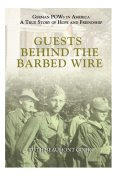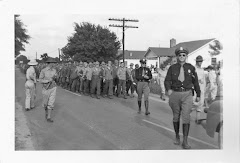
This post doesn't have much to do with POWs or with my first two books, but I have been working for a year now on a research project that deals with the history of marble quarries in the Sylacauga, Alabama area. I thought my readers might like to see some views of the marble festival that was held there last week.
Sylacauga sits almost on top of a 32 mile long vein of mostly white marble. This sugar-white stone only appears in one other location in the world--Carrera, Italy, which is where Michaelangelo's marble came from.
This was the second annual marble festival in Sylacauga, and sculptors came and worked in the town park where visitors could watch as they coaxed incredibly beautiful images out of the stone. One such piece that my friend Marianne Moates Weber fell in love with and purchased last year shows a highly polished heart emerging from the rough marble.
If you look closely at the piece in the foreground of the lower right photograph above, you will see that it shows the heads of two girls facing in opposite directions. I was told that these are the daughters of the sculptor and that one went to Auburn and one to Alabama, which explains why they face in "opposite" directions.
I am continuing to gather information and interview people who grew up in the marble industry company village of Gantt's Quarry. Anyone who is interested in this story or has information to share is welcome to leave a comment. One thing I am especially looking for at the moment is a photograph of the Gantt's Quarry Methodist Church.
 Earline Lewis Jones, a former civilian employee with the camp's Quartermaster's office, has verified that the painting depicts the Station Hospital.
Earline Lewis Jones, a former civilian employee with the camp's Quartermaster's office, has verified that the painting depicts the Station Hospital.







